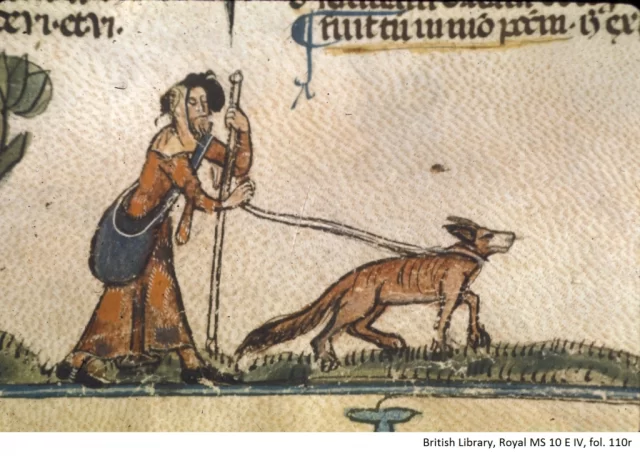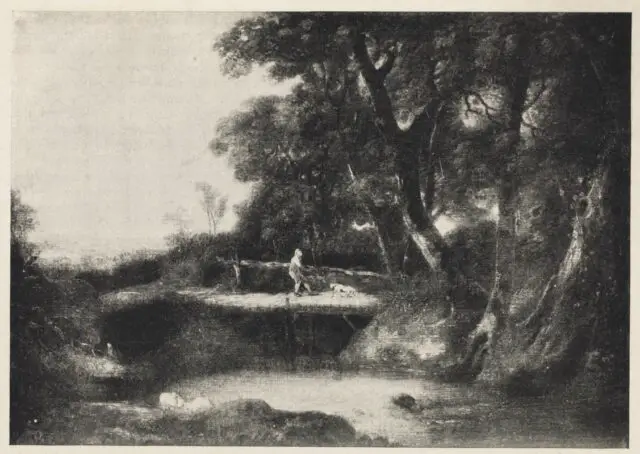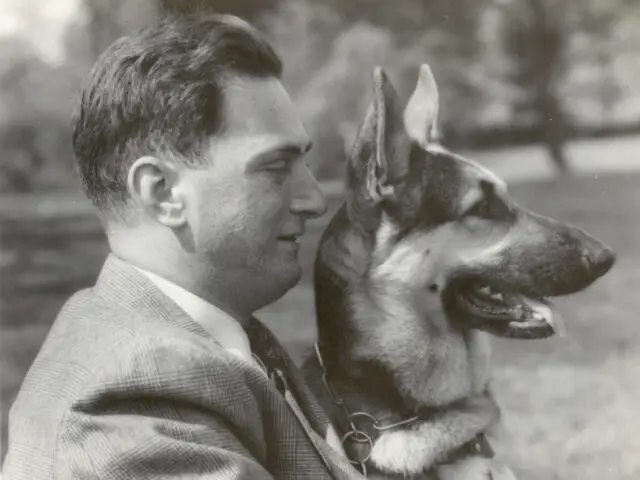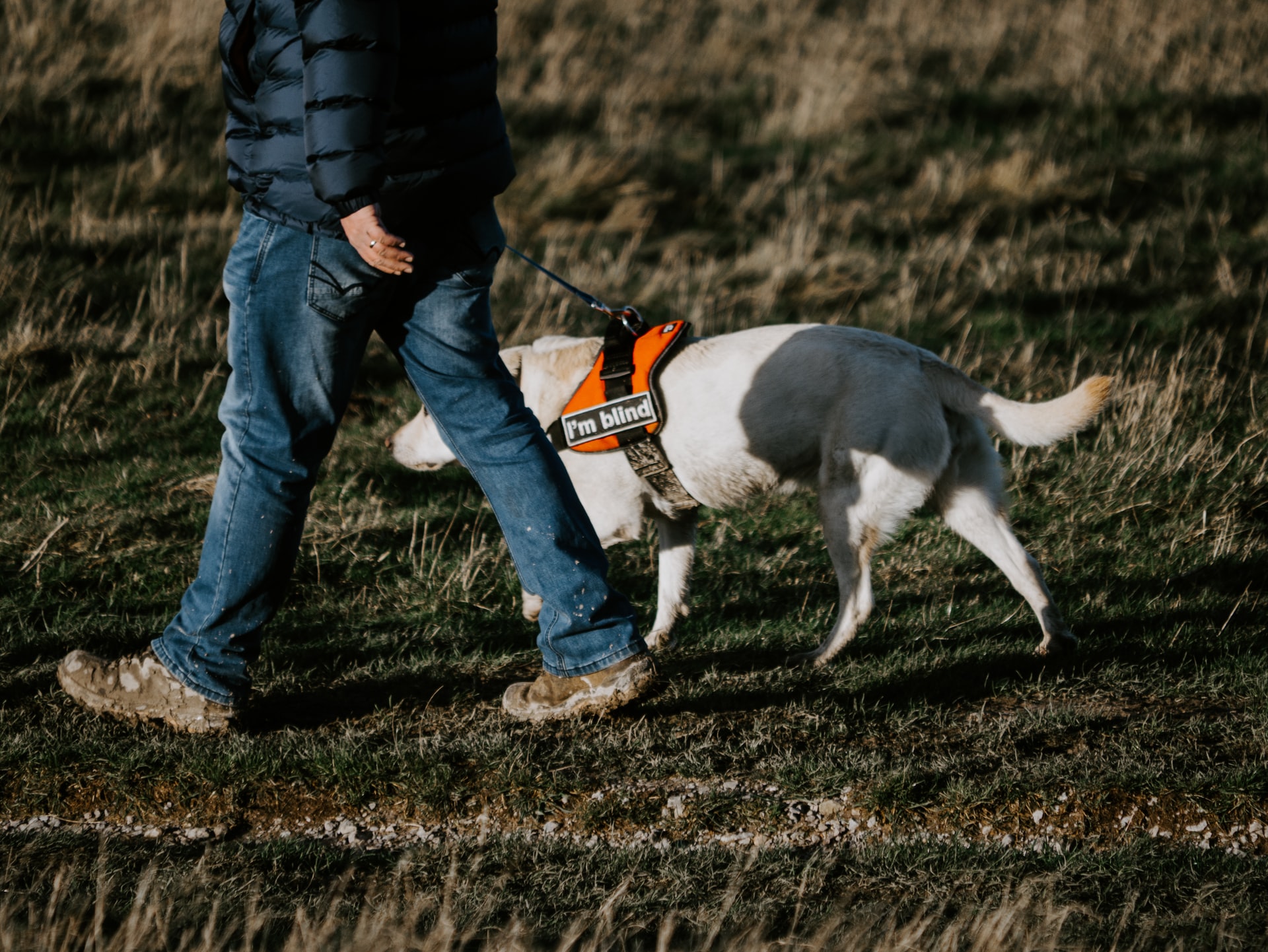The phrase dogs are a man’s best friend doesn’t just come from nowhere. Dogs have been around for thousands of years as humanity’s best companions. From the early days of hunting and gathering to the modern era household pets, dogs have been a part of our society in many ways. They’ve aided in controlling livestock and keeping farms safe, they’ve been great hounds for police work, and they’re even helpful in times of war. However, the greatest showcase of a man and dog’s bond is perhaps the humble guide dog.
These dogs have been in sync with their masters, capable of guiding a blind man through their day-to-day life as if they weren’t blind, to begin with. We’re going to take a quick look into the history and evolution of guide dogs from the earliest records to the modern day.
Prehistory

While there is evidence that humanity has had a mutually beneficial relationship with wolves that stretches back 400,000 years, the domestication of early dogs came around 150,000 years ago. Throughout that era, dogs were used for hunting, gathering, and herding. However, there might be instances of dogs guiding the blind even back then.
While many records of the history between man and canine have been lost to time, there might be early recordings that showcase a very special bond. There are hints of a relationship between a dog and a blind man depicted in a first-century AD mural in the buried ruins of the Roman Herculaneum.
Meanwhile, there are other records from Asia and Europe up to the Middle Ages, of dogs leading blind men. While we can’t say for sure that guide dogs didn’t exist at the time, these records and murals show otherwise, and that perhaps guide dogs have been aiding blind people since time immemorial.
Early History

In 1780, the Les Quinze-Vingts Hospital for the blind in Paris began the early attempts at training dogs to guide the blind. But it wasn’t until 1788 when a blind man from Vienna trained a Spitz so well that people questioned if he was blind in the first place. These are not the only instances of early history showing that dogs can be trained to guide blind people.
Throughout the 18th century, there have been many depictions in art and music. The “Blind Beggar of Bethnal Green” in 1715 depicts a knight who lost his sight in battle and was given a dog to lead him. The “Blind Man on the Bridge” was a painting depicting a dog leading its master. Finally, there was a book in 1790 by Thomas Bewick called “A General History of Quadrupeds.” This book contained engravings of a blind man led by a dog.
Continuing into the 19th century, Johann Wilhelm Klein founded an Institute for the Education of the Blind (Blinden-Erziehungs-Institut) around 1819 in the city of Vienna. In his book on educating blind people, he mentioned concepts of a guide dog as well as early methods for training these dogs. Finally, in 1847 a man shared his experiences of being guided by a trained dog for over five years.
Modern History

While guide dogs have been around in different forms throughout the centuries, the biggest boom of guide dogs came in the 20th century. Unfortunately, this boom came in the form of a great tragedy. Both during and after the First World War thousands of soldiers came back home blind. Many were caused by poisonous gas.
This tragedy galvanized a German doctor by the name of Dr. Gerhard Stalling. He got the idea to train dogs en masse to help guide these soldiers. One day, while attending to a blind patient with his dog, he was called away. Upon his return, he noticed that the dog was not only well behaved, but the dog was also looking after the patient.
Spurred by the incident, Dr. Stalling opened the world’s first guide dog training school in Oldenburg. It then grew to expand across Germany, and later would end up training 600 dogs a year. Soon, the school began providing guide dogs to people other than ex-soldiers and servicemen. They would end up providing dogs for blind people in Britain, France, Spain, Italy, the Soviet Union, Canada, and finally the United States.
However, after 10 years of hard work the school had to close down in 1926 due to a reduction in dog quality. Fortunately, another guide dog training center began operations in Potsdam, a city near Berlin. They would continue the work left behind by Dr. Stalling and his school. The school would ultimately become successful and revolutionized the training of guide dogs. Soon they were capable of accommodating hundreds of dogs at a time and were able to provide twelve fully trained dogs in a month.
Around the same time, a woman named Dorothy Harrison Eustis, who was already training dogs for police and customs services in Switzerland, heard about the school in Potsdam. Impressed by the training of these dogs, Eustis would go to the school and spend several months there to study their methods. She began writing an article about these guide dogs for the blind in 1928 for the Saturday Evening Post in America. This article would skyrocket the popularity of guide dogs to international heights. It wasn’t long after a blind man named Morris Frank heard about this article, and he believed these guide dogs would change his life.
Ultimately it did change his life. Eustis would bring Frank over to Switzerland to learn to work with guide dogs. Here, Frank would meet his guide dog, Buddy. After training with Buddy, Frank would return to America with one of its first guide dogs. Throughout the mid-20th century, schools for guide dogs started popping up around the world. Italy would establish the Scuola Nazionale Cani Guida per Ciechi in 1928. Around the same time, Eustis would establish two schools named The Seeing Eye. One in Vevey, Switzerland, and another in New Jersey, the USA in 1929. Finally, around 1934, Muriel Crooke and Rosamund Bond would establish the Guide Dogs for the Blind Association after hearing about Dorothy Eustis.
Guide Dogs Today

Guide dogs can be found around the world today, and more schools are expected to open as the years go on to train them. Guide dogs have changed the lives of thousands of people throughout the years. Today, they are beloved members of the community and the organizations that train them. More efficient and capable through centuries of refined training methods, guide dogs have become more accessible throughout the years.









